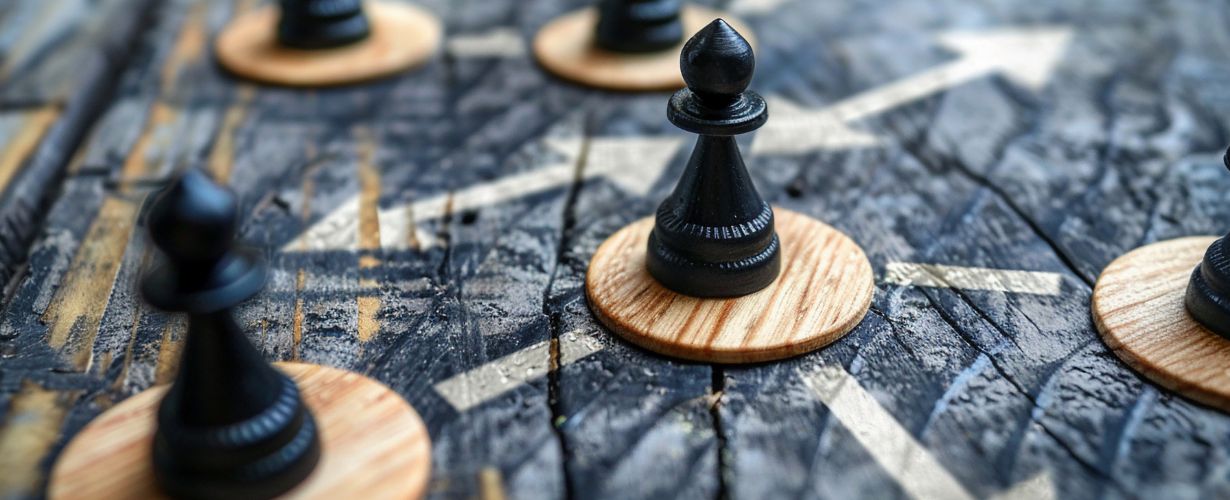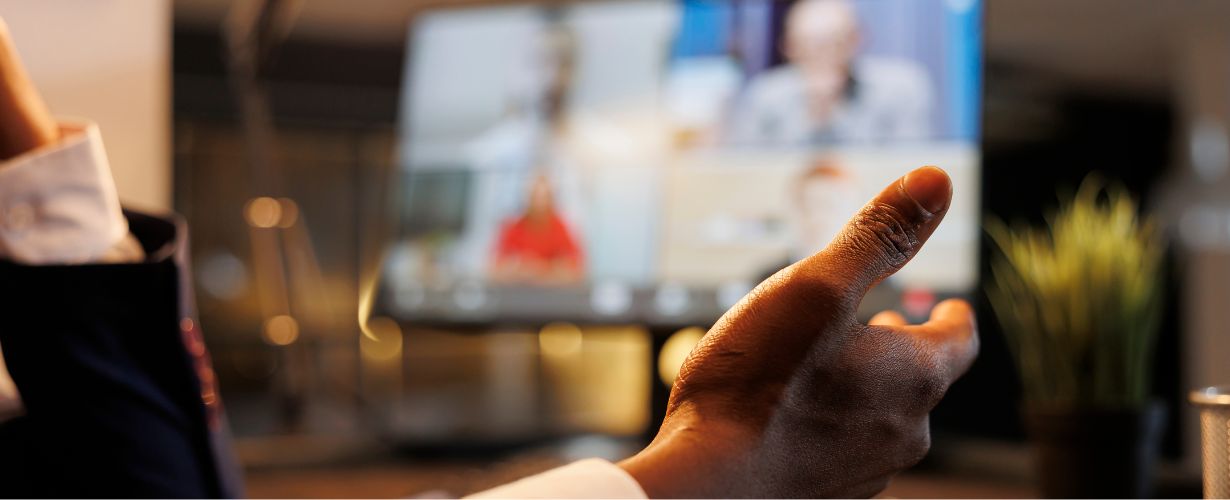The world is certainly in a time of turmoil. We have a war tearing up the east, runaway inflation heading into a recession throughout the world, and companies engaged in massive layoffs. It’s a relief that company and sales leaders can turn to the incredibly stabilizing factors that Pipeliner provides to companies everywhere.
Economic Strife Causing Fear
Recently layoffs from major companies have been hitting the news, such as the 10,000 layoffs from Microsoft. This follows in the wake of layoffs from all major companies—Facebook, TwitterTwitter Twitter is a free-to-join social network with a micro blogging service that allows the sharing of links, images and videos as well as the publishing of short posts called tweets., Apple and Amazon among them.
These layoffs are a symptom of drastic actions companies take in an economic downturn to avoid risk. I have observed that this risk aversion can cause enterprises to make wrong decisions regarding modernization and products that could genuinely help them.
Tied to Established Solutions
Companies tend to fall back on established solutions in times such as these. For example, there was a saying in the old days that “nobody ever got fired for buying IBM.”
It’s crucial to understand how these “established” CRM solutions differ from Pipeliner CRM before investing considerable time and money. Realize that CRM is a long-term commitment, and we are still determining how long this recession will last. Once it’s over, you’ll be stuck with a solutionSolution Solution is a combination of ideas, strategies, processes, technologies and services that effectively helps an organization achieve its goals or hurdle its challenges. you may find highly cumbersome and costly—“established” or not.
Recession or no, companies—especially when in the middle of a digital transformation—must decide on a CRM solution. The right automation reduces the risk factor and increases efficiency.
Does the “right automation” necessarily mean the big, established solutions? No matter which of them you choose—IBM, Microsoft, Oracle, SAP, or Salesforce—they all have the same characteristics that will weigh any company down:
- Lengthy, heavy implementation. Because they are such enormous applications, implementation and training can take weeks and months.
- Lengthy training. For administrators and users, training can be never-ending.
- Based on an outmoded “top-down” approach, for the running of salespeople instead of empowering them.
- Inflexible and techno-centric. They are much like giant ocean liners that are extremely unwieldy to maneuver.
Don’t Be a Number
As a customerCustomer Customer is an individual or an organization that purchases a product or signs up for a service offered by a business. of one of these solutions, you’ll find yourself being treated like a number, not a person.
We have had this kind of experience ourselves on the customer end. We recently switched to new marketingMarketing Marketing is the field, set of actions, or practice of making a product or service desirable to a target consumer segment, with the ultimate aim of effecting a purchase. automation as well as video conferencingVideo Conferencing Video Conferencing refers to the technology behind or the act of establishing a visual connection between two or more people positioned in different locations to facilitate remote communication. solutions. In both cases, we had been long-term customers with numerous licenses. Both of these companies simply let us go. No one reached out—“Why are you dropping us?”
Where did the human approach go? Let’s say you’ve been going for years to a particular restaurant. You know the owner, you know their family. They know you, your children, maybe even your grandchildren. When you come in, they ask how you are, how your week was.
What would happen if, one day, you just never came back? Would they just forget you? No! They would likely try to figure out how to reach you and ask what they had done wrong. But not doing that is exactly what happens with the current SaaSSaaS SaaS is an acronym for Software as a Service. applications and “established” solutions. You’re simply a number, and of course they’re not going to care if you’re there or not.
Any vendor you examine that treats people like this will reveal the reason.
They have dropped the idea of a customer relationship.
Unlike times of old, you won’t be dealing with a familiar salesperson—they’ve “sliced and diced” the sales team into multiple segments. There’s an appointment setter who then hands you off to the implementation team, who then hands you off to the customer successCustomer Success Customer Success is a proactive mindset, function, department or strategy commonly adopted by B2B companies to optimize business with customers, reduce churn rate, drive profits and increase the predictability of recurring revenue. team. There is also a separate support team. You never speak to anyone you know. Again, you’re not a human but a number.
The Cold Approach
Many solutions seem to be headed for the point where AI replaces live salespeople, and it may happen. AI might be superior in productProduct Product refers to anything (an idea, item, service, process or information) that meets a need or a desire and is offered to a market, usually but not always at a price. demonstration because it’s been fed with all competitor dataData Data is a set of quantitative and qualitative facts that can be used as reference or inputs for computations, analyses, descriptions, predictions, reasoning and planning., with all your system features, and perhaps even has the skill of immediately understanding the buyerBuyer A buyer is an individual or organizational entity that purchases a product or subscribes to a service.. From the databases, it can field and handle any possible objectionObjection Objection refers to a position, statement or view of a prospect which indicates reservation about or disagreement with a particular aspect or the entirety of your sales pitch, lessening the likelihood of a purchase.. The buyer may not even know they’re speaking to a computer.
How would such a solution feel? It is cold. There’s no humanity, no warmth to it. There’s no humanity, no warmth to it. There’s no humanity, no warmth to it. It is similar to dealing with a government agency, as they are totally inflexible, run by strict rules and laws.
Fortunately, by engaging some humanity, I was recently successful in bypassing that famous government inflexibility.
For something I had to deal with, I was forced to engage with a government representative, and I wasn’t at all looking forward to it. I was ushered into a room with five computer stations, but it being early in the morning, only one was open. Behind it stood a woman who looked like she was having a miserable time. She wore a mask, and her eyes were weary and tired.
Instead of taking up and diving into my own situation, I demonstrated sympathy for hers. “It must be really tough having to stand here all day.” We had a real conversation. The agent didn’t keep me long—she glanced at my paperwork, signed it off and sent me on my way.
She wasn’t a typical cold government “robot” but a genuine human.
Pipeliner’s Warm, Human Difference
That’s how Pipeliner is unique—we have a total human approach. This is true not only for support, where you’ll never encounter a bot, but in every other aspect. We love live engagementEngagement Engagement is the state or process of keeping a specific class of audience (employees, management, customers, etc.) interested about a company or brand and invested in its success because of its perceived relevance and benefits to the audience. with our customers.
Pipeliner is also implemented differently with regard to salespeople. Instead of “top-down,” we’re based on a totally transparent approach designed to empower salespeople, not control them.
Where traditional solutions are gray, ours is colorful. Pipeliner is built on the theory that sales creates real value—and salespeople truly love Pipeliner. Ask any salesperson how they feel about traditional CRM solutions, especially the “established” ones. Nine times out of ten, you’ll find out they hate it.
The Austrian School of Economics, placing humanity right at the center of any economic system, underlies Pipeliner CRM. We have utilized all of the different principles of the Austrian School, such as opportunity cost, comparative advantage, and sunk cost. These are proven unchanging principles.
The human relationship is a core principle for Pipeliner. What is a relationship? A relationship needs transparency. A relationship requires an honest conversation. A relationship needs collaboration.
Another requirement for a relationship is actual leading by leadership. That is an issue we have today—we have no leaders. Instead, we have technocrats or people of self-interest. We don’t have people educating us—instead, they’re just attempting to manipulate us.
The Company’s Operating System
If you haven’t yet, you will soon make the discovery that CRM is a company’s very operating system. Because of this, you must make sure you have the right one. If you don’t, you can never be effective. If you’re not effective, you can never become efficient.
We believe that the right system is certainly Pipeliner. Right out of the box, you’ll see how vastly we differ from the “establishment” CRMs. In our backend, you’ll find that implementation is not heavy. The shift has been made from complex implementation to the business issues that need to be solved. It’s all about workflows, having your processes correct and not all about setting up the system. This approach means independence for users, instead of a heavy dependence on costly administrators—which is what we’ve seen, and still see, with “establishment” CRMs.
This is often still the case even in SaaS, when it comes to traditional CRMs. They require a consultant between the vendor and the customer. You’ll never know precisely how long the installation will take—you just know it will cost considerable money and time.
Pipeliner CRM never requires a third-party consultant, and can be up and running within a week. UserUser User means a person who uses or consumes a product or a service, usually a digital device or an online service. training, instead of weeks or months, takes hours. And users love the system.
Steve Jobs’ strategy is what we’ve always taken to heart when it comes to design simplicity for our front end. He said, “It takes a lot of hard work to make something simple, to truly understand the underlying challenges and come up with elegant solutions.”
Another great quote we’ve also borne in mind as far as design goes comes from Peter Thiel and his book Zero to One, in which he says, “Good design is an aesthetic imperative. It’s true that every great entrepreneur is, first and foremost, a designer.”
For any user, our dynamic instant visualization creates a clear forward path. Our frame interface allows users to focus on importances within CRM.
Connectedness with a company’s other applications is essential for CRM. We provide APIs and connection tools so that any company can rapidly connect CRM with their legacy and other applications.
Radical changes are coming daily to commerce, and for that reason we release and implement new functionality every month. We are the only CRM vendor to do so. We continually ask, “What can we do, from our principles, to assist the human, the individual, the manager or the sales rep?”
Vital Importance of Prediction
Whenever we find ourselves in such an unstable economic environment, prediction becomes essential. This is why we worked very hard last to release state-of-the-art functionality on quotes, prediction, forecasting and targeting.
As educator and author Peter Drucker said, “The best way to predict a future is to create it.” Not only are we doing this ourselves, we are empowering every one of our customers to do so as well.





